
| INSECTS |
|
Anyone who has taken an interest in identifying birds or plants can expect to learn most of the species they will see in a given area. That's not the case with insects. A few groups, such as butterflies and dragonflies, are large and conspicuous, and have a manageable number of species, so they can actually be learned in the same way as warblers or wildflowers. The majority of insects likely to be encountered, though, are small, and there are a whole lot of different kinds. The best way to learn to identify insects is to start at the top of the classification and work down from there. Insects are classified as Hexapods, meaning that they have six legs. Luckily, most people can recognize a number of insects, so there is some basis for comparison when a strange one comes along. Insects have three body parts (head, thorax, abdomen), but these are not always easy to see. The same with the legs; sometimes it is hard to tell legs from antennae or mouthparts, or sometimes a pair of legs may be reduced so as to look like there are only four. Wings can be obvious or absent. Basically, insects are so diverse that there are few surefire features that will be infallible. The class Insecta is divided into large groups called Orders. A good start in identification is to get to the correct Order. This can sometimes be harder than one would think. Immature insects are difficult, as are kinds that are variable. Many species mimic others that are totally unrelated, and their predators are not the only ones fooled. Examples of insect Orders are: flies, beetles, and earwigs. The next level in classification is Family. Fireflies, ladybugs, and weevils are all examples of Families within the Order of beetles. The next category is Genus, and this is most often the best one can hope for without a whole lot more effort. Species designations are possible in some cases, but it takes practice and a lot of patience. Or sometimes just luck.
|
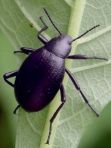 Coleoptera [beetles] |
 Hemiptera [bugs, aphids, etc.] |
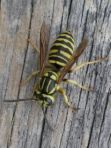 Hymenoptera [bees, wasps, ants] |
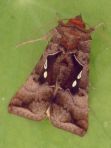 Lepidoptera [moths, butterflies] |
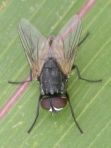 Diptera [flies] |
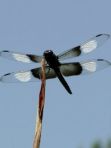 Odonata [dragonflies, damselflies] |
 Orthoptera [locusts, crickets] |
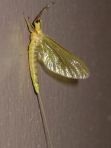 Ephemeroptera [mayflies] |
 Trichoptera [caddisflies] |
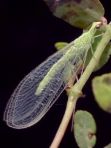 Neuroptera [lacewings, antlions, etc.] |
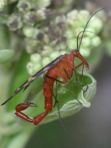 Mecoptera [scorpionflies] |
 Blattodea [cockroaches] |
 Phasmatodea [stick insects] |
 Mantodea [mantids] |
 Dermaptera [earwigs] |
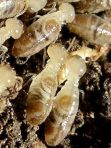 Isoptera [termites] |
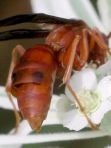 Strepsiptera [twisted-wing parasites] |
 Psocoptera [barklice] |
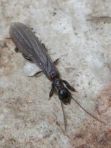 Embioptera [webspinners] |
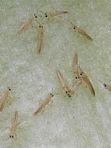 Thysanoptera [thrips] |
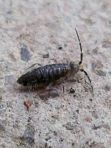 Collembola [springtails] |
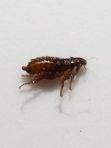 Siphonaptera [fleas] |
 Microcoryphia [jumping bristletails] |
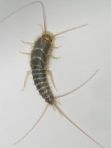 Thysanura [silverfish] |
![]()